Change is inevitable. The world is being transformed by climate change and human development. But these changes are more dramatic in the Nepali Himalayas, where temperatures are rising much faster than the global average.
The Manang valley lies close to the Nepal-Tibet border, at an altitude of over 3,500 metres. It is surrounded by the majestic snow capped mountains of the Annapurna massif. Most of the Annapurna circuit, one of the world’s most famous trekking trails, lies in the Manang valley. Due to rising temperatures the glaciers around the valley are melting. The landscape has also changed since the road connecting Besisahar to the valley was finished five years ago.
I have been travelling to the Manang valley over the past decade and these photographs document the stark changes taking place in this vulnerable Himalayan landscape.
Changing Gangapurna glacier
The Gangapurna glacier is an important glacier in the valley. Swiss geologist and explorer, Toni Hagen, took a historic photo of the glacier in 1957. The photo shows small lakes made by melting glaciers. Local people say that six decades ago the Gangapurna glacier reached the place where the lake has now formed from the melting glacier. Now the glacier has retreated many metres away. The beautiful lake is one of the major tourist attractions in Manang valley.
Gangapurna glacier and glacier lake. 1957, month not identified, and July 2010.
Gangapurna and the terminus of the glacier, October 2007 and April 2018.
Mount Gangapurna, glacier and lake, October 2007 and April 2018.
Motor roads changing landscape and life
The Nepal Army completed the Besisahar Chame Road half a decade ago, connecting the remote Manang valley with the rest of Nepal. The road has brought many changes for people living in the valley.
What used to be a four day journey now requires only 6-8 hours to cover. It’s now easier and faster to transport goods and local people can sell produce like apples to national and international markets. A growing number of tourists reach this area. The road has also changed construction patterns in Manang, with cement, concrete and iron rods easily available.
The road has also shortened the Annapurna circuit trek by three to four days. Motorbikes are slowly replacing horses. Some international trekkers now take a jeep ride while some still trek on the old trails and roads. Some trekkers find it disturbing when jeeps drive by hooting their horns and kicking up dust. But all the trekkers still find the landscape beautiful once they reach the Manang valley.
[iframe src=”https://cdn.knightlab.com/libs/juxtapose/latest/embed/index.html?uid=5cd769e4-57eb-11e8-b263-0edaf8f81e27″ width=”100%” height=”500″]
The bridge to Bhraka village, Manang, October 2007 and April 2018.
[iframe src=”https://cdn.knightlab.com/libs/juxtapose/latest/embed/index.html?uid=d3859b88-57eb-11e8-b263-0edaf8f81e27″ width=”100%” height=”500″]
Bhraka village, October 2007 and April 2018.
[iframe src=”https://cdn.knightlab.com/libs/juxtapose/latest/embed/index.html?uid=0d6f05c4-57eb-11e8-b263-0edaf8f81e27″ width=”100%” height=”500″]
Apple farm in Bhratang with trekking trails and motor road, July 2010 and April 2018
[iframe src=”https://cdn.knightlab.com/libs/juxtapose/latest/embed/index.html?uid=b8cd2230-57ea-11e8-b263-0edaf8f81e27″ width=”100%” height=”500″] Ghyaru village with trekking trail and road, July 2010 and April 2018.
[iframe src=”https://cdn.knightlab.com/libs/juxtapose/latest/embed/index.html?uid=e185c3e4-57ea-11e8-b263-0edaf8f81e27″ width=”100%” height=”500″]
Dhikur Pokhari wetland, October 2007 and April 2018
Pollution and rubbish
The Manang valley is still a pristine landscape. But as domestic tourism grows so does the pollution and rubbish. Some people throw plastic waste, even though there are notice boards set up by the Annapurna Conservation Area Project prohibiting littering. The small amount of plastic waste can be brought under control if the authorities and local people take proper action. Visitors even leave rubbish around the Gangapurna glacier. There should be a notice board set up by the lake to try and prevent such behaviour.
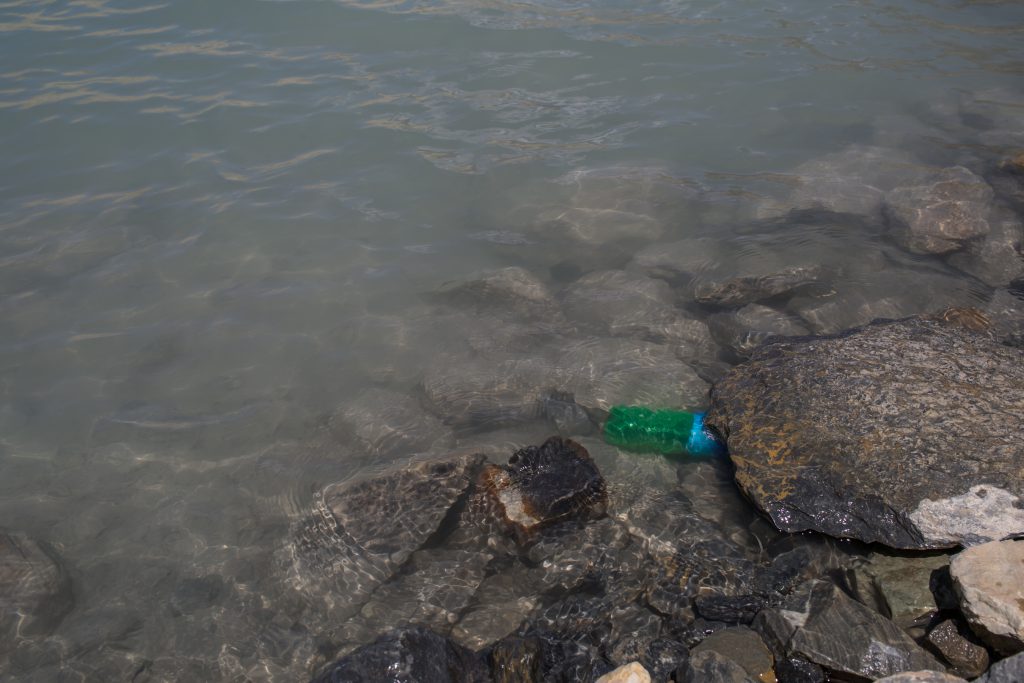
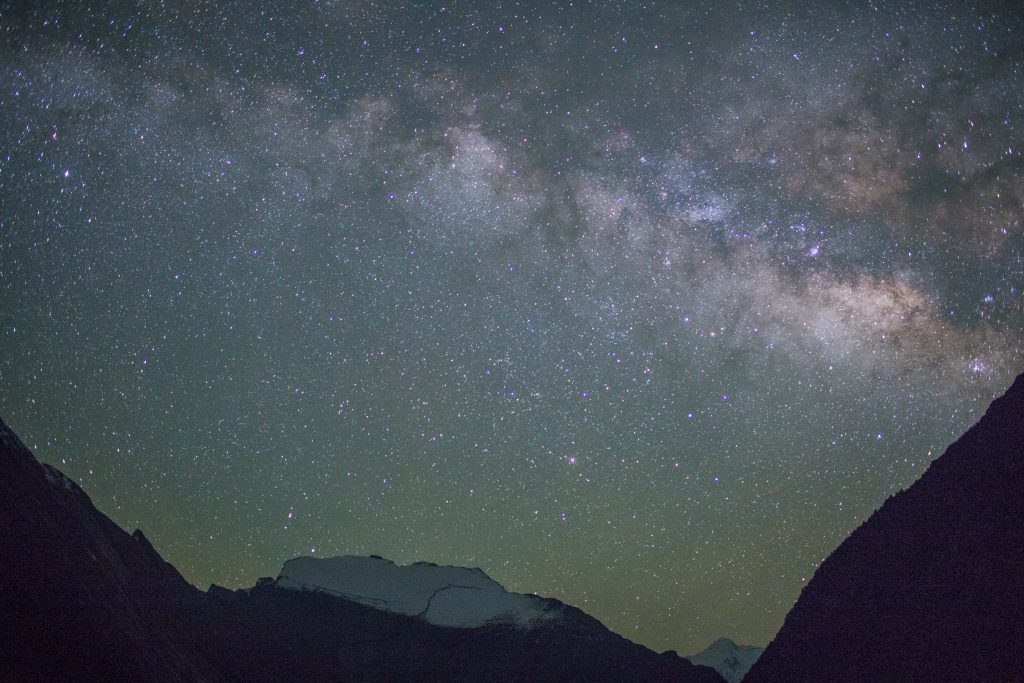


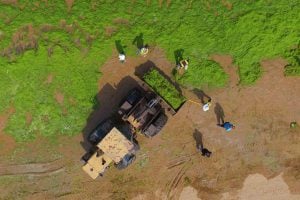


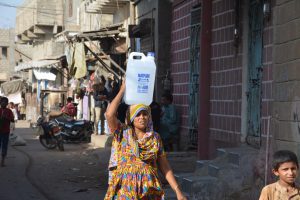

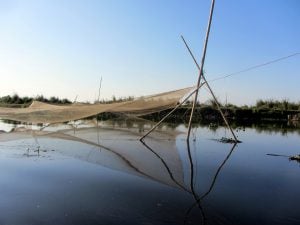
![An Indus river dolphin spotted in Dhunda [image courtesy: WWF-India]](https://dialogue.earth/content/uploads/2018/05/Indus-River-Dolphin-in-Dhunda_WWF-India-300x200.jpg)
